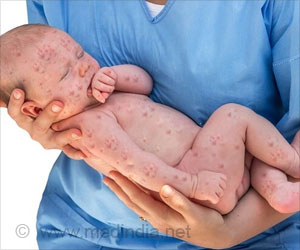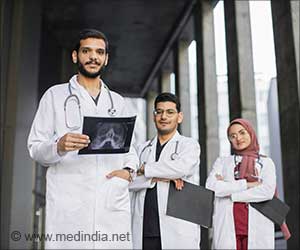Suppressed activity of several key chemicals on the inner lining of the nose are linked to chronic sinusitis.

Because nearly one in 10 of those treated see symptoms return within weeks or months after drugs or surgery fail to keep the sinus passages open, scientists have long suspected that these resistant cases had some underlying problem with the immune system contributing to the ailment.
In a study to be described on Sept. 19 at the annual scientific sessions of the American Academy of Otolaryngology, Head and Neck Surgery, the Hopkins team found that in chronic sufferers who failed to respond to treatment, the activity of at least four genes in the body's nasal immune defense system were severely decreased, and their production of two proteins critical to this defense was 20 to 200 times less than normal.
Comparing nasal epithelial cell samples from nine patients who benefited from surgery with nine who did not, the Hopkins team discovered suppressed levels of human beta defensin 2 (HBD2) and mannose binding lectin (MBL) in those whose symptoms returned. The proteins are naturally produced in the nose whenever the immune system detects foreign bacteria or fungi, binding to invading pathogens, inactivating them and making them easily disposed of.
An earlier study published by the same team in the March-April issue of the American Journal of Rhinology also showed that sinus tissue from people with chronic sinusitis that resisted treatment had 30 times lower than normal activity of a so-called toll-like receptor gene, TLR9.
Inside the nose, researchers say, toll-like receptor proteins (TLRs) detect invading bacteria and other pathogens in the air by attaching to their trace byproducts. Once a threat is identified, the receptors stimulate the epithelial cells to produce antibiotic proteins, such as HBD2 and MBL, to fight the invading organisms. This innate response helps prevent airborne bacteria or fungi from settling in the nose and sinus cavities, causing infection.
Advertisement
'The nose's first line of defense is the epithelium, and when the local innate immune function is curtailed, infections can get a head start, which might serve to worsen the sinus inflammation.
Advertisement
The study, led by Lane, was believed to be the first to determine levels of each TLR - there are 10 - by directly measuring messenger RNA expression in sinusitis patients and those more fortunate to not have it. Scientists have known for more than a year that TLRs were present in both the healthy and sinusitis-wracked nose, but not which receptors or proteins were more important than others in the condition's chronic form. That study involved 30 men and women, mostly from the Baltimore region, who had surgery for chronic sinusitis at Hopkins. (Another 10 had no sinus problem and served as study controls.)
Those who underwent surgery did so after standard therapy using antibiotics, decongestants and steroids had failed to stop their symptoms and keep their infections from coming back. Indeed, 20 participants in the study had developed nasal polyps, which have no known cause and are especially hard to treat, researchers say. They note that polyps must often be surgically removed to allow the sinuses to drain normally.
All patients were monitored for a minimum of six months to see if any symptoms or polyps returned. Thirteen in the surgery group had recurrent inflammation within three months to one year after surgery, while the rest remained symptom free.
The Hopkins team took samples during surgery of the mucous membrane lining the nose, and using real-time polymerase chain reaction, analyzed the samples for any genetic differences between the groups.
'Surgically treating sinusitis is much like plumbing, in the sense that we try to restore normal sinus cavity drainage pathways,' adds study presenter Murugappan Ramanathan Jr., M.D., a resident in otolaryngology - head and neck surgery at Hopkins. 'But for the intractable cases, surgery may fail because the problem is not so much about plumbing as it is inflammation, and for this we need research at the molecular level to find a solution.'
Source-Eurekalert
NLA











